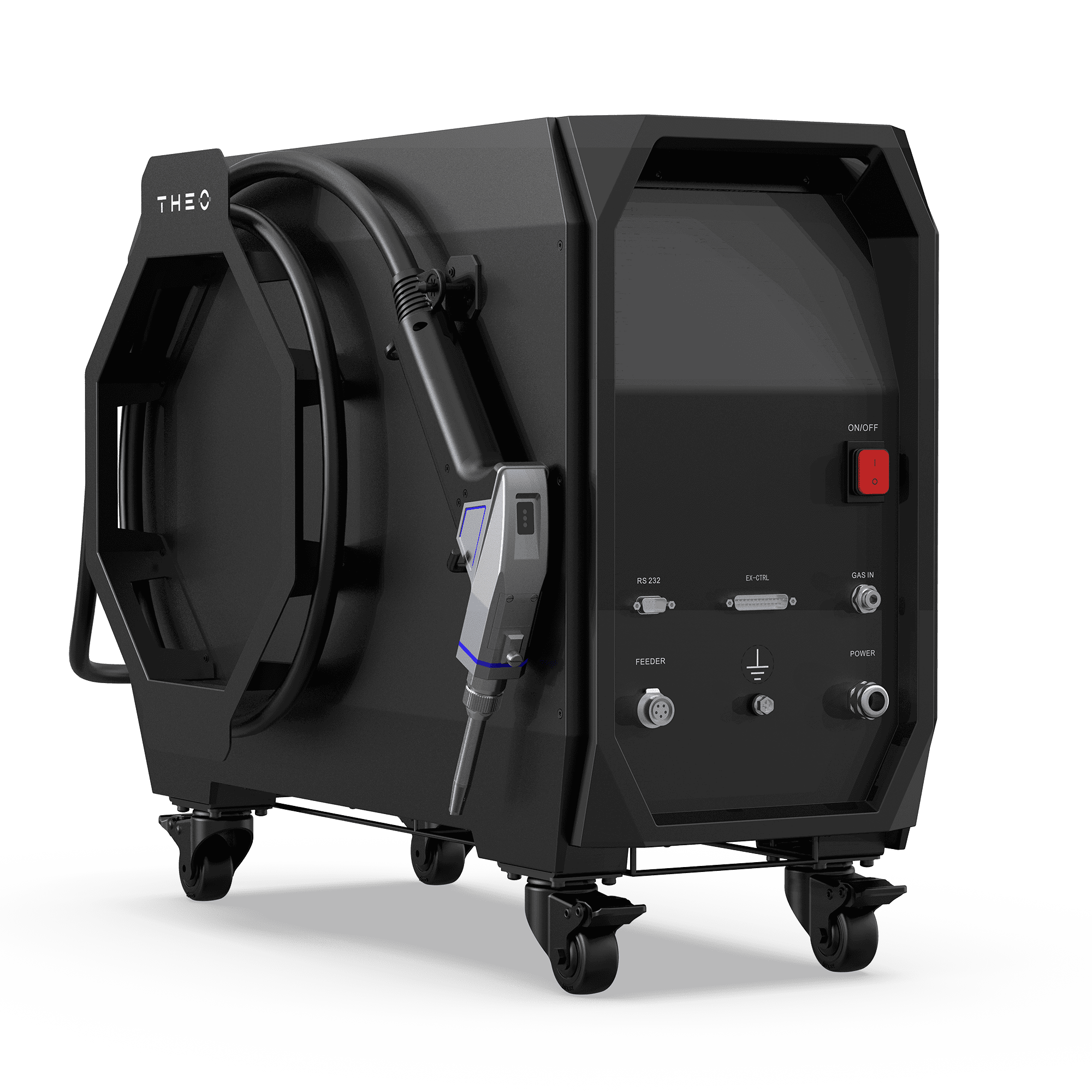In the world of metal fabrication, innovation is always at the forefront. Among the latest advancements, laser welding has emerged as a transformative technology, offering precision and efficiency that are hard to match. For industries involved in ductwork fabrication, the introduction of laser welding presents new opportunities to improve product quality, production speed, and overall operational efficiency.
What Is Laser Welding?
Laser welding is a process that uses a focused beam of light to join metals together. The lasers concentrated energy melts the metal surfaces at the weld joint, creating a precise and robust bond. This method is particularly effective for thin materials and complex geometries, making it ideal for the fabrication of ductwork.
Advantages of Laser Welding in Ductwork Fabrication
1. Enhanced Precision
Laser welding delivers unmatched precision, enabling fabricators to create high-quality welds with minimal distortion. This is particularly beneficial for thin-sheet metal used in duct fabrication, as traditional welding methods often risk warping or over-penetration.
2. Improved Aesthetics
Laser welds are cleaner and smoother, often requiring little to no post-weld finishing. This is an important consideration for exposed ductwork in commercial spaces, where aesthetics are just as critical as functionality.
3. Increased Efficiency
Laser welding is significantly faster than traditional methods, allowing fabricators to streamline production. High-speed automated systems can handle large-scale projects with consistent quality, reducing lead times and labor costs ultimately increasing profitability.
4. Air-Tight Seals
The air-tightness of duct systems is crucial for energy efficiency and system performance. Laser welding ensures consistent, leak-proof joints, minimizing air loss and improving system efficiency.
5. Material Flexibility
Ductwork often involves a variety of metals, such as stainless steel, aluminum, and galvanized steel. Laser welding is compatible with these materials, offering versatility for custom fabrication projects.
6. Reduced Heat-Affected Zone (HAZ)
Traditional welding methods often produce a large heat-affected zone, which can weaken the material and compromise structural integrity. Laser welding minimizes the HAZ, preserving the strength and durability of the metal.
TIG Welding vs Laser Welding
| Feature | TIG Welding | Laser Welding |
| Speed | Relatively slow due to manual operation and multiple passes for thick joints | Much faster, especially in automated setups, reducing production time significantly |
| Precision | High precision but relies heavily on operator skill | Extremely precise with minimal distortion, ideal for complex designs and thin materials |
| Weld Quality | Can achieve strong, high-quality welds but may require extensive post-processing for smoothness | Produces smooth, clean welds with little to no need for post-processing |
| Weld Heat-Affected Zone (HAZ) | Larger HAZ, which can lead to warping and structural weakness in thin sheet metal | Minimal HAZ, preserving material integrity and reducing post-weld finishing requirements |
| Setup Cost | Low initial equipment cost but higher long-term labor costs due to manual operation | Higher initial cost but offers long-term savings through automation and reduced labor needs |
| Ease of Use | Requires skilled operators for consistent results; training can be time-intensive | Automation reduces dependency on operator skill; faster learning curve for modern systems |
| Air-Tight Welds | Can achieve air-tight seals with proper skill and technique, though consistency can be challenging | Consistently produces air-tight, leak-proof welds with minimal variability |
| Maintenance | TIG machines are relatively simple to maintain but require frequent electrode replacements | Laser welders require more advanced maintenance but have a longer lifespan with proper care |
| Application Suitability | Suitable for low-volume production, repairs, and highly detailed manual work | Best for high-volume production, precision applications, and automation-friendly workflows |
Applications of Laser Welding in Ductwork
Laser welding can be used in various aspects of ductwork fabrication, including:
- Joining Straight Duct Sections: Creating long, seamless connections that enhance air-tightness.
- Fabricating Fittings: Crafting complex shapes like elbows, reducers, and branch connections with precision.
- Custom Projects: Meeting unique client specifications, such as decorative exposed ductwork or non-standard configurations.
The Future of Laser Welding in Duct Fabrication
As the demand for energy-efficient and sustainable HVAC systems grows, the role of laser welding in ductwork fabrication is likely to expand. The ability to produce high-quality, air-tight, and durable duct systems aligns perfectly with industry trends toward reducing energy consumption and improving performance. Laser welding is revolutionizing the fabrication of ductwork, offering unmatched precision, efficiency, and quality. For fabricators looking to stay ahead in a competitive market, adopting laser welding technology is an investment in the future. By embracing this cutting-edge technique, businesses can deliver superior products while optimizing their production processes a win-win for both manufacturers and their customers.
Why Choose 1987 Machinery For Your Laser Welding Needs?
- Industry Expertise: With years of experience in laser welding technology, we understand the unique challenges and needs of ductwork fabrication and other metalworking applications.
- Tailored Solutions: We offer customized laser welding systems designed to fit your specific production requirements, ensuring maximum efficiency and return on investment.
- Top-Quality Equipment: Our laser welders are built with cutting-edge technology, delivering precise, reliable, and consistent results.
- Comprehensive Support: From initial consultation to after-sales service, our dedicated service team is always available to assist with technical support, trouble shooting and upgrades.
- Fast ROI: Our laser welders improve production speed and reduce waste, enabling you to see a return on your investment faster than traditional welding systems.
- After-Sales Service: Our dedicated customer service team is always available to assist with technical support, troubleshooting, and upgrades.
Contact Us today to revolutionize your welding operations and stay ahead of the competition!




